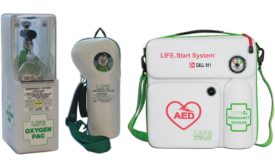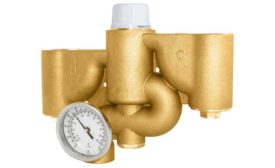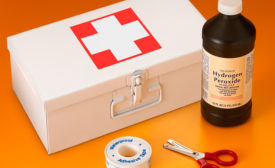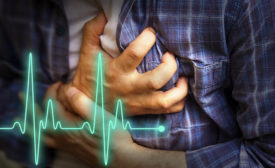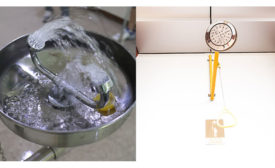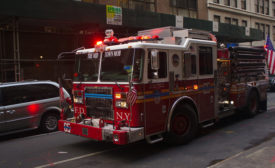Home » first aid
Articles Tagged with ''first aid''
30 things to know about emergency showers & eyewash stations
OSHA references voluntary requirements for placement & performance
August 15, 2018
Never miss the latest news and trends driving the safety industry
eNewsletter | Website | eMagazine
JOIN TODAYCopyright ©2024. All Rights Reserved BNP Media.
Design, CMS, Hosting & Web Development :: ePublishing
